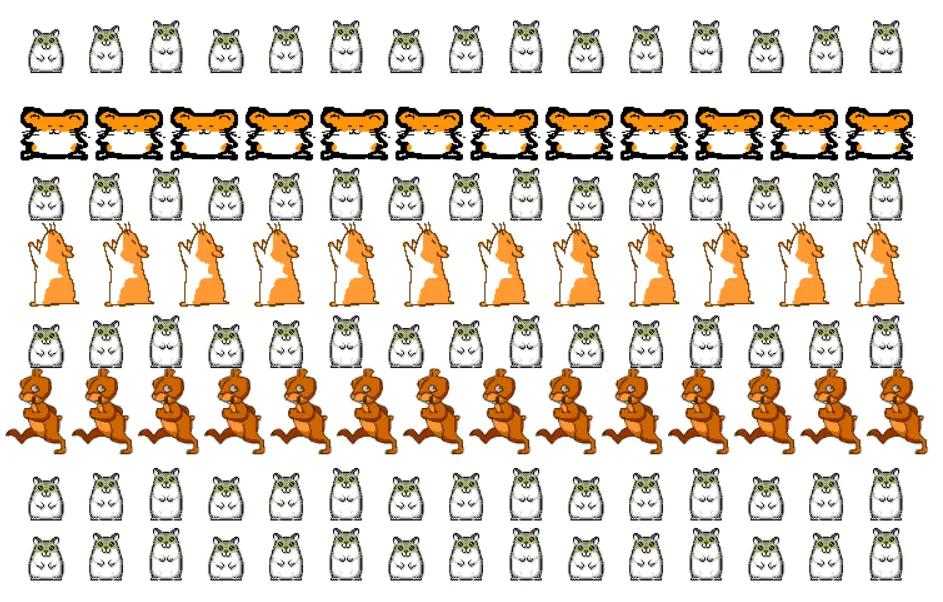
What Was Hampsterdance?
In the early days of the web, GeoCities let anyone build personal pages filled with animated GIFs, hit counters, and creative chaos.
In 1998, Deidre LaCarte and her sisters had a contest to see who could get the most website visitors. With no big plan, Deidre made a page themed around her pet hamster, “Hampton.” She added a few animated hamster GIFs, about 100 of them, and paired them with a sped-up sample of a Disney song from Robin Hood. That’s it. The page blew up, first 800 visitors, then 60,000 per day. It became one of the earliest internet memes. The tune was re-recorded and charted, and eventually led to licensing deals for greeting cards and more.
What Hampsterdance Was Not
It wasn’t a brand campaign or a monetization scheme. No ads, no subscriptions, no tip jars. Deidre just made something fun. And even though the site would look rough by today’s standards, it captured the spirit of early internet creativity: chaotic, honest, and full of personality.
What We Can Learn
You don’t need cutting-edge tools or a team to go viral.
- Get weird.
- Be personal.
- Use tech to amplify creativity, not replace it.
Hampsterdance worked because it was unexpected and joyful. If you're going to build something today, don't be afraid to make it weird enough to remember.